According to VNDIRECT Securities Company and VIS Rating, Vietnam's macroeconomic environment remains stable, thanks to three pillars: public investment, domestic consumption and institutional reform. In the first 6 months of the year, public investment disbursement reached over VND268,000 billion, accounting for 29.6% of the annual plan, higher than the same period last year. The Government has also allocated an additional VND170,000 billion to streamline the administrative apparatus and VND30,000 billion for education and health care. This is the foundation to boost domestic aggregate demand and create room for long-term reform.
In particular, the "four resolutions" of the Politburo 's strategy and pillars have opened up a new direction for the economy. Resolution 68-NQ/TW sets the target of the private sector accounting for more than 55% of GDP and about 40% of budget revenue by 2030, through reforming the investment environment, protecting ownership rights, making institutions transparent, encouraging innovation and expanding the public-private partnership model. Meanwhile, resolutions on technology (Resolution 57-NQ/TW), international integration (Resolution 59-NQ/TW), and innovation in law-making (Resolution 66-NQ/TW) show the determination to restructure the economy towards a more modern, autonomous and sustainable direction.
However, the impact of the US reciprocal tax imposed on Vietnamese exports after July 9 is posing a real test for the second half of the year. According to information from analysis organizations, the 20% tax rate is considered "achieved in negotiations", lower than the ceiling rate of up to 46%. However, this tax rate will still create certain pressure on key export industries such as textiles, wood, electronics and seafood. This event forces businesses to shift their export strategies, increase product localization and expand markets to the EU, ASEAN and countries in the Comprehensive and Progressive Agreement for Trans- Pacific Partnership (CPTPP). This is also an opportunity for the Government to promote reform of rules of origin, control transit goods and avoid "borrowing origin" which causes damage to the economy.
At the same time, the economy should still prepare for external uncertainties. The turmoil in the Middle East has caused oil prices to fluctuate; the risk from US public debt and the fact that the US Federal Reserve (FED) has not yet cut interest rates; and the slowdown in the Chinese economy can all affect exchange rates, inflation and financial costs of Vietnamese enterprises. In this context, adaptation strategies are essential. The government should soon issue technical guidelines on origin, promote localization, and monitor transit goods to avoid the risk of higher taxes. Enterprises should proactively restructure export markets, improve technology, increase domestic value and seek opportunities in non-traditional markets.
Other solutions must also be implemented synchronously, such as: effectively implementing laws and resolutions passed by the National Assembly at the 9th session; appropriate interest rate and exchange rate policies to support production and business; promoting traditional growth drivers of investment, domestic consumption and developing new growth drivers... The first half of the year is the momentum-building period, while the second half is the real "testing ground" period. Vietnam is facing the opportunity to adjust its economy in a more sustainable direction. If it can overcome external fluctuations and take advantage of domestic drivers, the economy can completely accelerate steadily, moving closer to the goal of becoming a high-income country by 2045.
Source: https://www.sggp.org.vn/dieu-chinh-chinh-sach-de-nen-kinh-te-tang-toc-vung-chac-post802371.html





![[Photo] General Secretary To Lam attends the opening ceremony of the National Achievements Exhibition](https://vphoto.vietnam.vn/thumb/1200x675/vietnam/resource/IMAGE/2025/8/28/d371751d37634474bb3d91c6f701be7f)
![[Photo] National Assembly Chairman Tran Thanh Man holds talks with New Zealand Parliament Chairman](https://vphoto.vietnam.vn/thumb/1200x675/vietnam/resource/IMAGE/2025/8/28/c90fcbe09a1d4a028b7623ae366b741d)
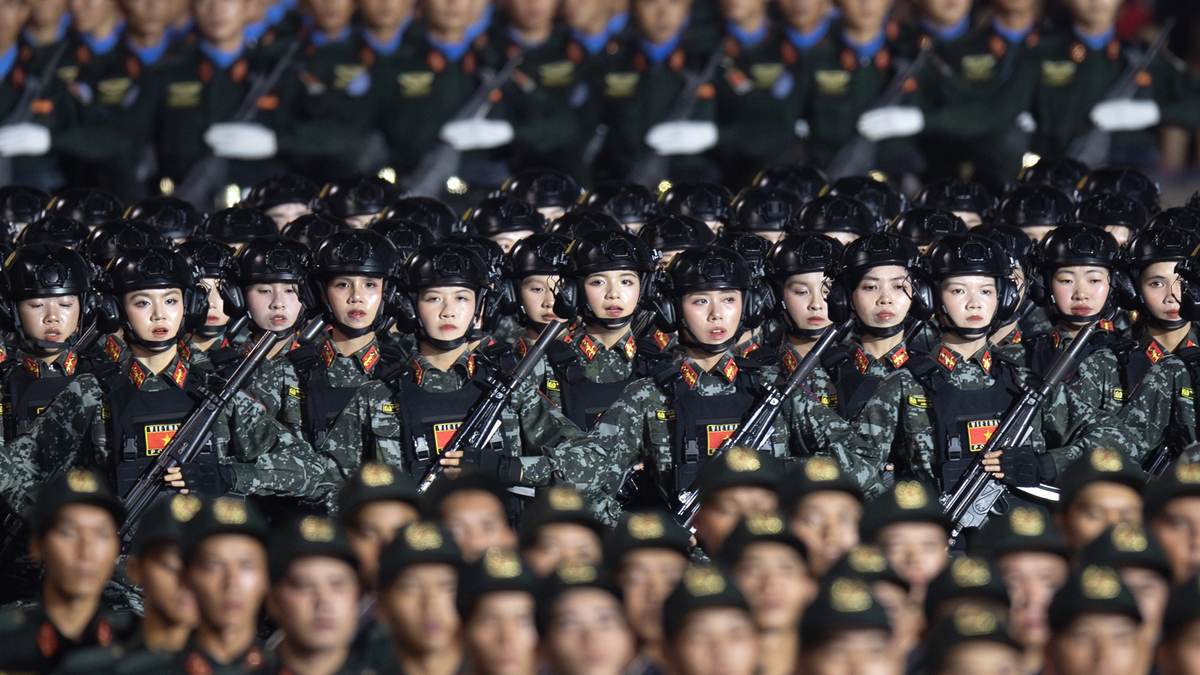

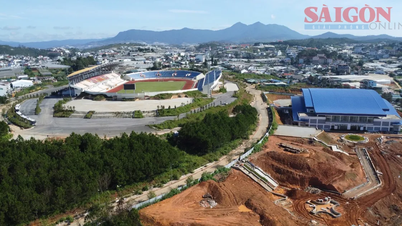










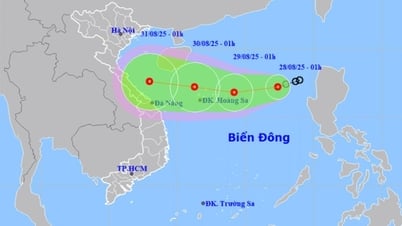

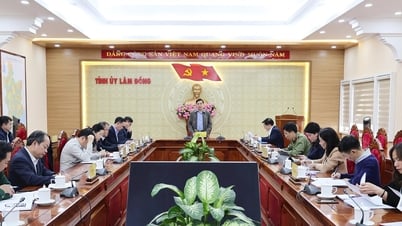

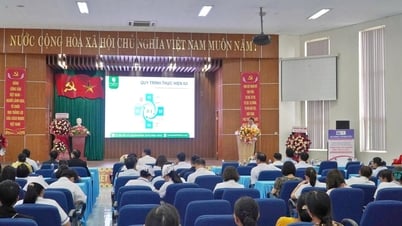






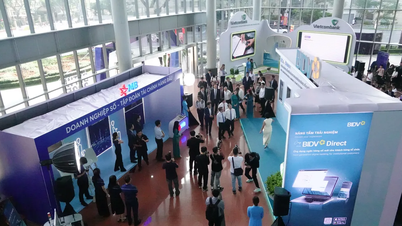




![[Photo] Images of the State-level preliminary rehearsal of the military parade at Ba Dinh Square](https://vphoto.vietnam.vn/thumb/1200x675/vietnam/resource/IMAGE/2025/8/27/807e4479c81f408ca16b916ba381b667)






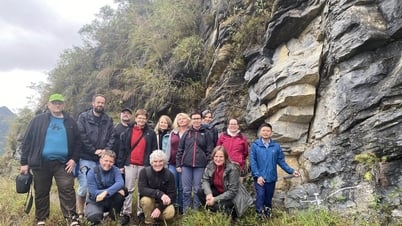


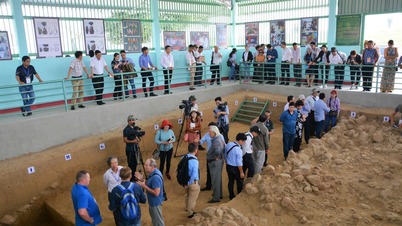














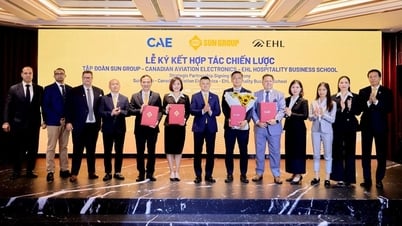


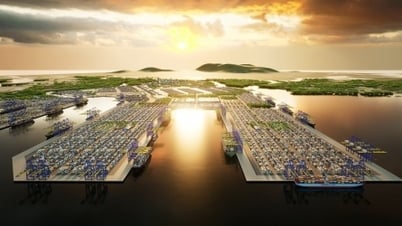















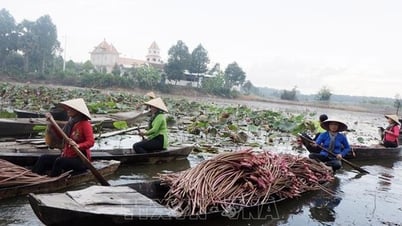







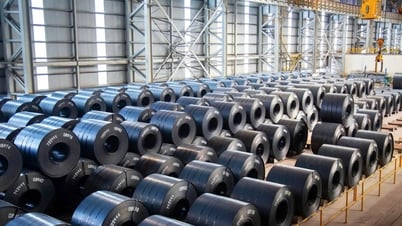












Comment (0)